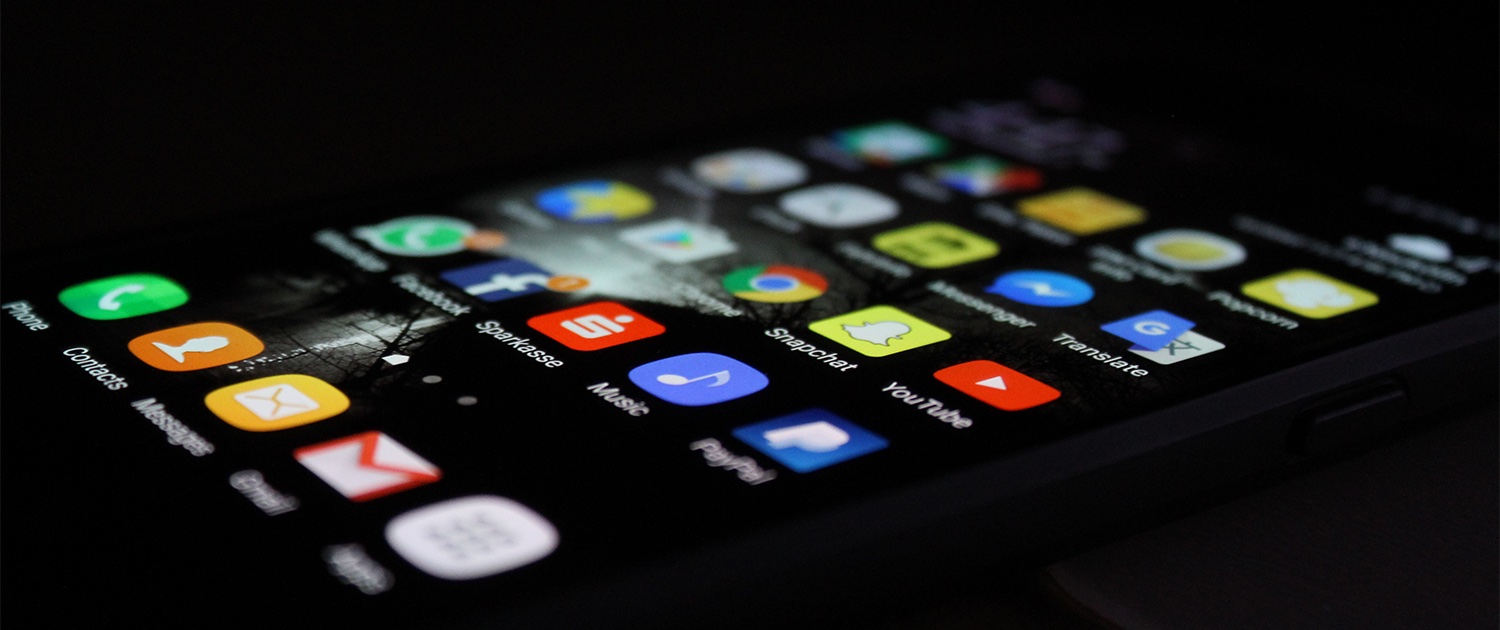The digital landscape has evolved to the point where specific online platforms and services have become synonymous with the word ‘Internet’, which is why the recent debate in India surrounding selective app banning as a ‘lenient’ response to security and safety concerns instead of full-scale Internet shutdowns misses several critical technical and social points.
For Some, Apps are the Internet
In some regions and for certain demographics, Facebook is the primary means of accessing the Internet. People use it not only for social networking but getting news, selling goods and services, and community engagement. For these people, Facebook is the Internet. The same can be said about other platforms, such as X (formerly Twitter), TikTok, Instagram, WhatsApp, Telegram, and Signal.
While it is true that some of these apps have been misused to spread propaganda and hate speech, the majority of users are merely using them to communicate, connect, conduct business, and exercise their rights to privacy and freedom of expression. Therefore, restricting access to them would seriously impact their daily lives.
It’s not just about losing access to a particular app or website. It’s about cutting the digital ties that bind people, communities, and businesses in today’s interconnected world.
Restrictions Stand in the way of E-Gov
Further, in our modern digital age, where governments are actively digitizing various public services and leveraging multiple social media platforms to communicate with their citizens, restricting access to these platforms raises critical questions about the role of government in creating and promoting the digital landscape. The irony is impossible to ignore.
Balancing the need to combat misuse while protecting these benefits remains a complex challenge for platform operators, policymakers, telecom providers, and civil society.
Read How Resilient are E-Gov Services?
Apps and the Internet are Interconnected
Apart from moral, ethical, and societal grounds, technically, there are many challenges in ensuring that the selective ban targets only the intended services, apps, or websites while allowing other online services to function normally.
For example, many websites offer the option to log in using Facebook credentials (this is known as Single Sign-On or SSO). In such cases, users who rely on their Facebook accounts to access various services may find themselves unable to use other services if Facebook is blocked.
This is a prime example of how selective blocking can result in collateral damage and highlights the need to have practical consideration before designing a selective service ban. It also highlights the interconnected nature of the Internet and how actions taken against one platform can impact various aspects of online life.
The power to limit access to digital platforms should not be imposed but evaluated in a transparent, consultative and non-aggressive manner, with a keen interest of understanding the consequences for individuals and society.
Photo by Rami Al-zayat on Unsplash


